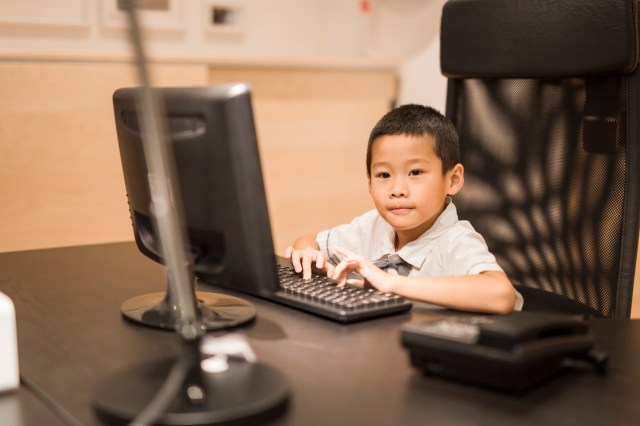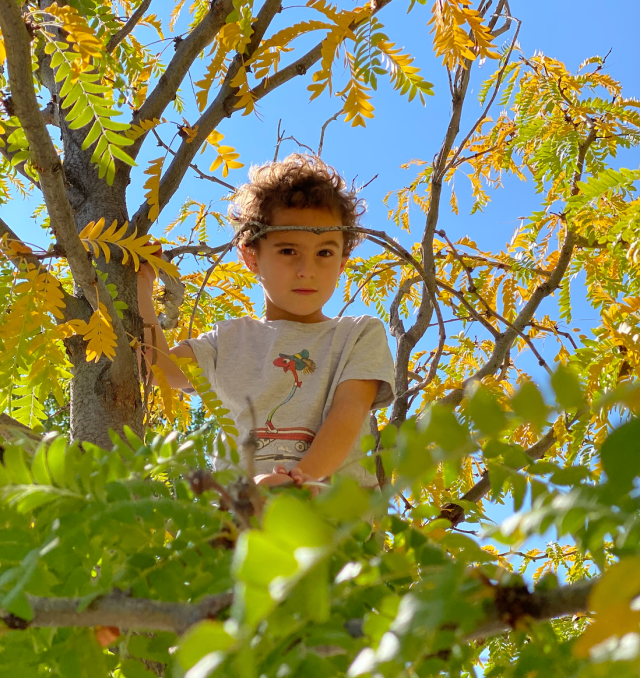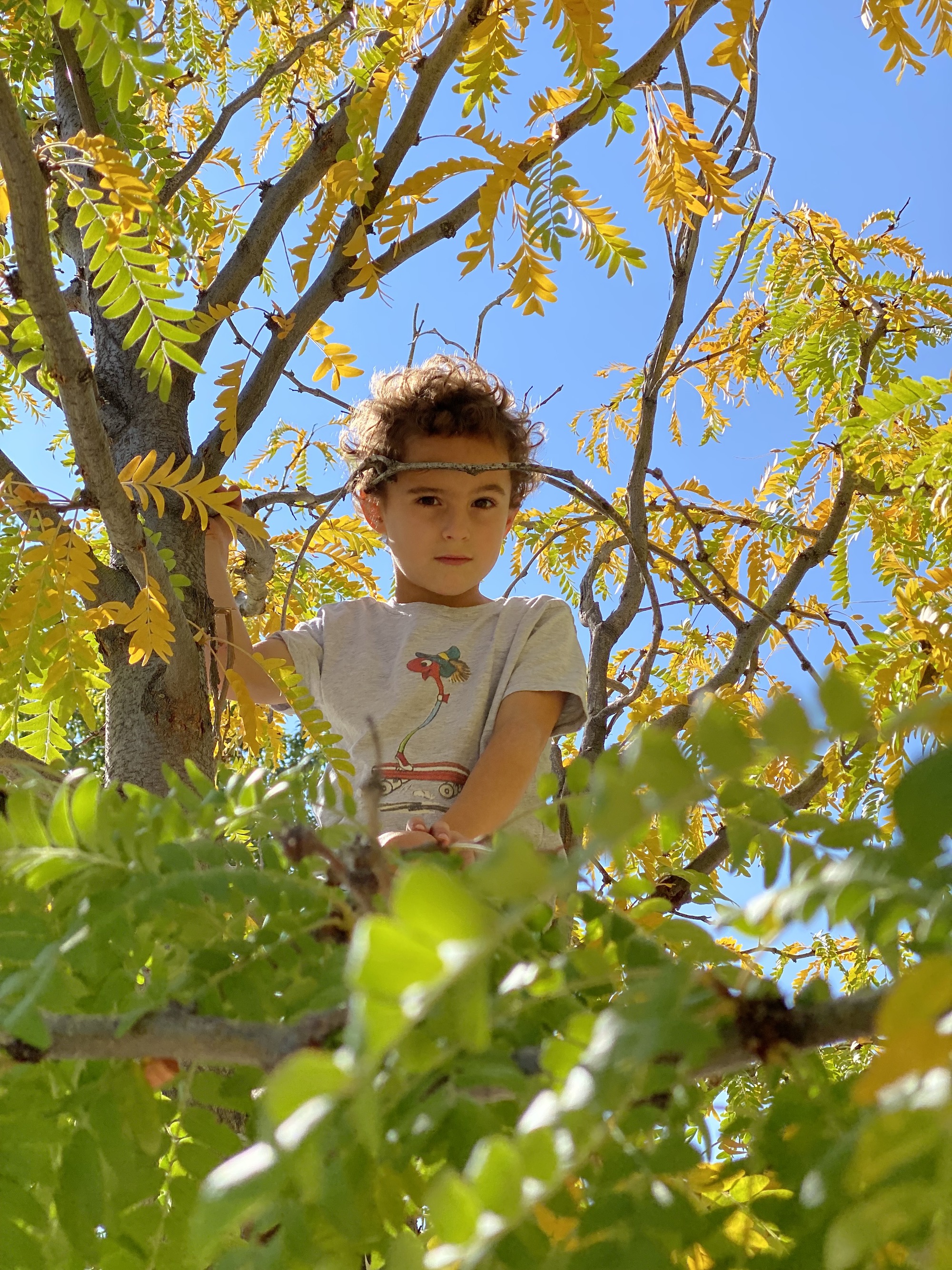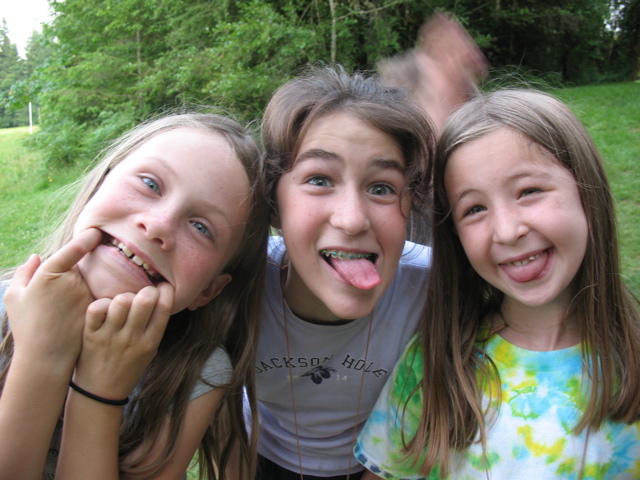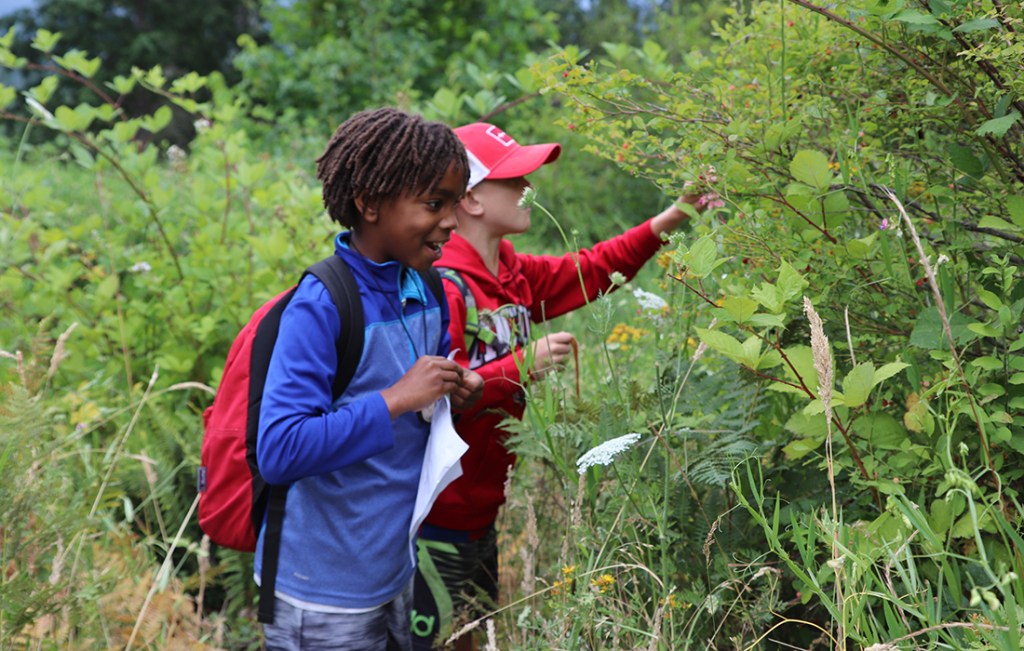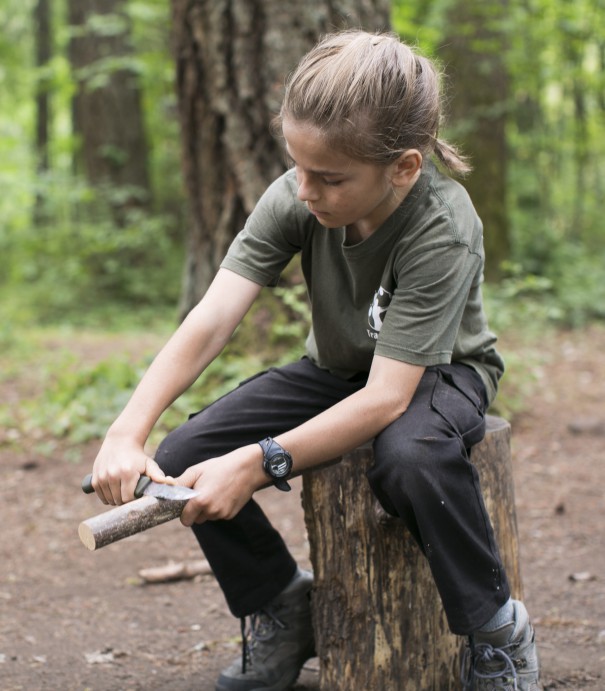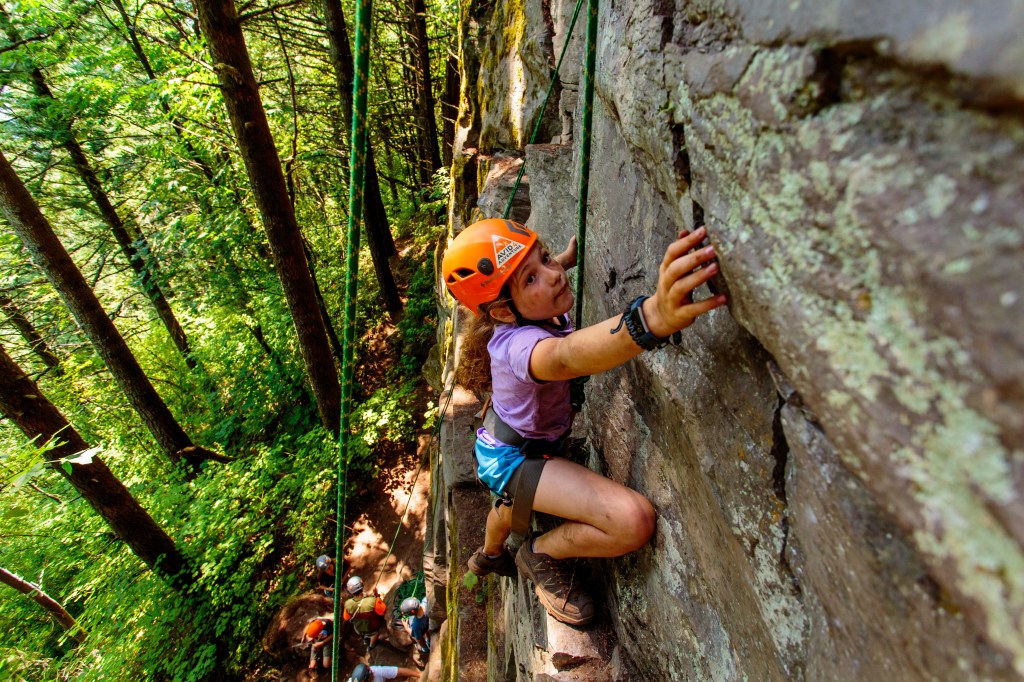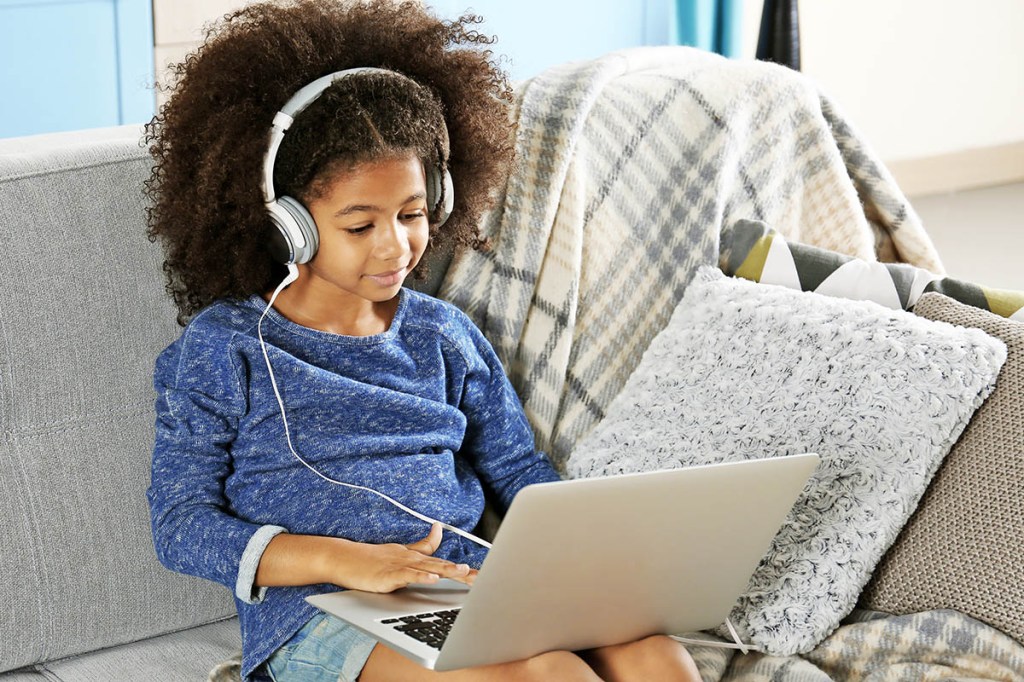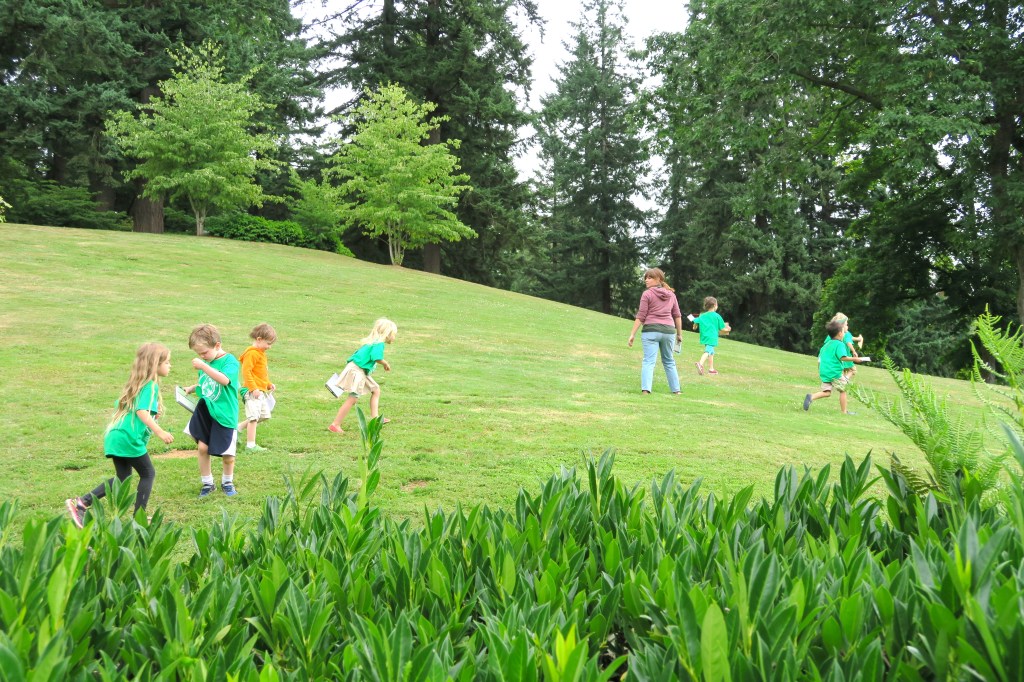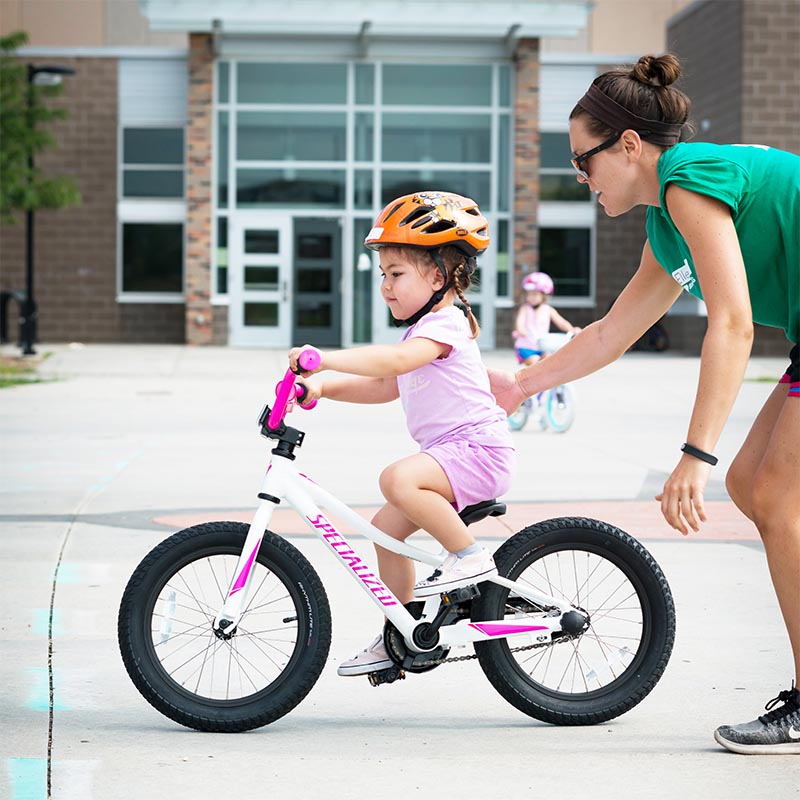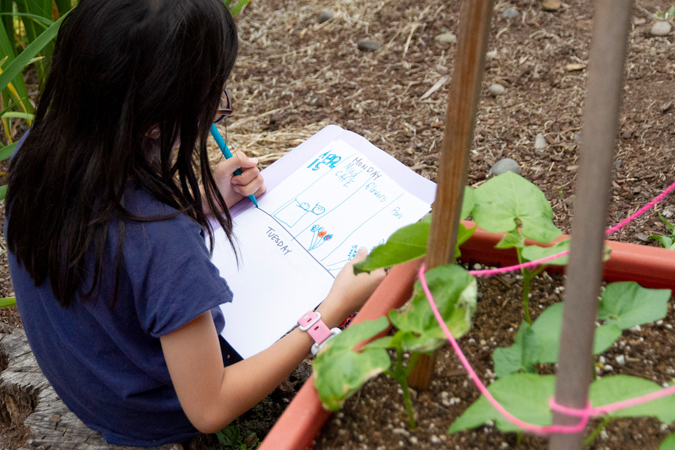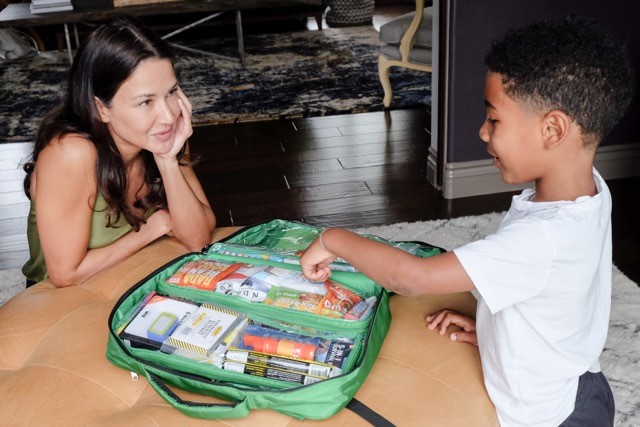President’s Day just might be the perfect opportunity to check in with your kiddos to find out what their first order of business would be if they were in charge. Take five today and ask your child to finish the sentence, “If I were the President I would…” We asked a few kiddos the question and the results are compassionate, heartwarming and also, hilarious. Scroll down to see their answers.
Miles (4): "I’d make less bad guys."
Huck (6):
-I'd find out if aliens exist so we could steal their technology.
-I'd make baseball season year-round.
Gigi (4): "Everyone has to wear dresses."
Goldie (2): "Baba?"
Olivia (7): "I would be a good president and it's a free country."
Amelie (6): "I would change laws that are unfair."
Cody (3): "I’d make people go for walks and drive all the cars."
Emerson (3): "I would make everyone eat chocolate ice cream for breakfast."
For these five kids, their answers from 4 years ago changed quite a bit:
Nora (age 10): "I would give my job to somebody else."
Nora (now 13): "I would get rid of the electoral college so it's an actual democracy and make voting more accessible for everyone."
Patrick (age 8):"I would make the Army stronger so that people would stop doing bad things."
Patrick (now 11): "I would make Washington DC a state."
Joe (age 6): "I would lay there and eat chips."
Joe (now 10): "I would not be racist."
Henrik (5): “I would make sure there were no bullies. And have more shops and even more and more and more 'candyland' places and ice cream shops.”
Henrik (now 9): "Fart in the white house. Loud."
Mozelle (7) told us: ”I would tell people what to do.”
Mozelle (now 11): “I’d get a nicer phone than you, and I’d give poor people money and food.”
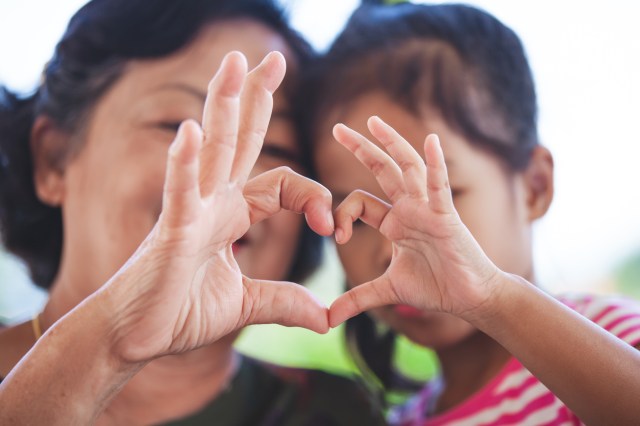
Mckenzie (7): "I would make sure all the homeless people and pets have homes to live in."
Trey (5): ”I would make sure that people respected each other's feelings and that no one felt bad about themselves.”
”My 2nd grader would give everyone a football and make sure they had shoes. My 5-year-old would make people happy by sending them cards and free ice cream. My 2-year-old's response was "no." Just "no."”
One 10-year-old said: "End homelessness and factory farming."
And her 7-year-old brother added: "Have a big dance party and pair people from different races as dance partners."
According to Blake (8), he would: "Give people money, help the orphanages, give everyone two weeks off at Christmas and make cars less expensive.”
Aiden (13): "End world hunger."
Zach (17):
#1 - "Mandatory Teeth Brushing"
#2 - "Zombie Preparedness"
#3 - "Fund Time Travel"
#4 - "Free Ponies for all Americans"
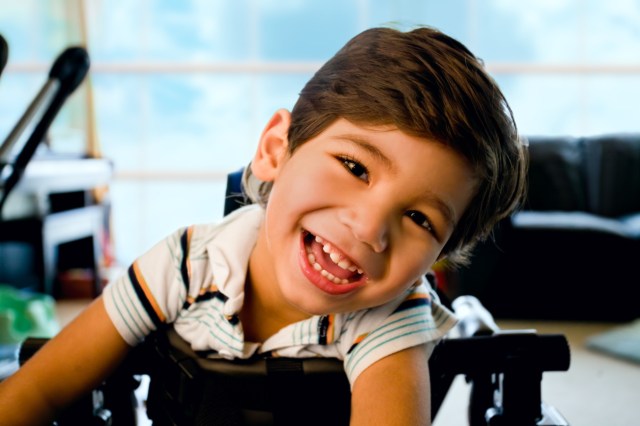
Sophie (5): “I would make sure every kid had a house to live in.”
Riley(7): “I would build the entire country out of LEGOs.“
Molly: "I would say that there should be no more wars, ever.”
Jacob: "I would conquer the world.”
Nate (8) writes:
If I were president I would:
-Make no school.
-Let kids make the rules.
-Make everything free.
-Let dogs do whatever they want.
-Have a parade.
Ava (13): "I would eliminate the death penalty and remove any anti-LGBTQ and anti-Black laws or regulations so we can have a more equal society."
Tyler (10): said he would "Pass a bill that kids go to school MWF one week and TTH the following week and so on."
Mason (11): "I would address COVID."
Maddie (7): "I would demand that black people be treated fairly."
5-year-old twins Emme: "I would help people," and Ezra, "I would let everyone do their own thing."
Ever (1): "Elmo!"
Sloane (5): “I would make people be kind.”
Allie (6): “I would tell people about the American flag.“
Emmie (4): “I would make people eat lots of chicken."
Liam (2): "I would watch Pete’s Dragon.”
Wyatt (10): "I would find a way to evenly distribute money and food between the unlucky people and lucky people. I'd also expand the number of soup kitchens and give the homeless nicer clothes to help them stay warm and find a job. I'd help new businesses get on their feet when they have a good idea, but aren't known that much."
Tate (9): "I'd make a hotel that homeless people could go to for free and they'd be cared for there. I'd help foster children get adopted."
Toren (10): "Anything to save the environment."
Steiger (14): "Make electric cars cheaper and make a law that in 5 years all cars need to be electric."
Ben (8):
-I would make no school.
-I would invent a cool car that kids could drive.
Parker (6):
-I would let kids play their iPads whenever they want.
-I would make every day a birthday for everyone.
Jake (8): “I would help my sister, Lola get a toy she can’t reach."
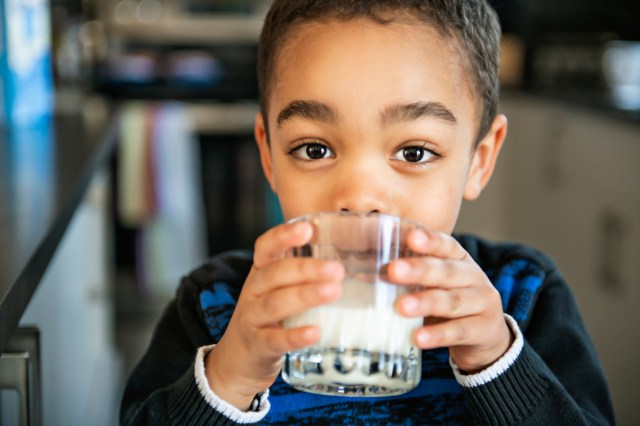
And finally, when one mom asked her son Watson (4) this question, this is how the conversation went:
Me: What would you do if you were president?
Watson: Like right now?
Me: Yeah.
Watson: Am I gonna be president tomorrow?
Me: Um no. So what would you do if you were president?
Watson: Be good.
